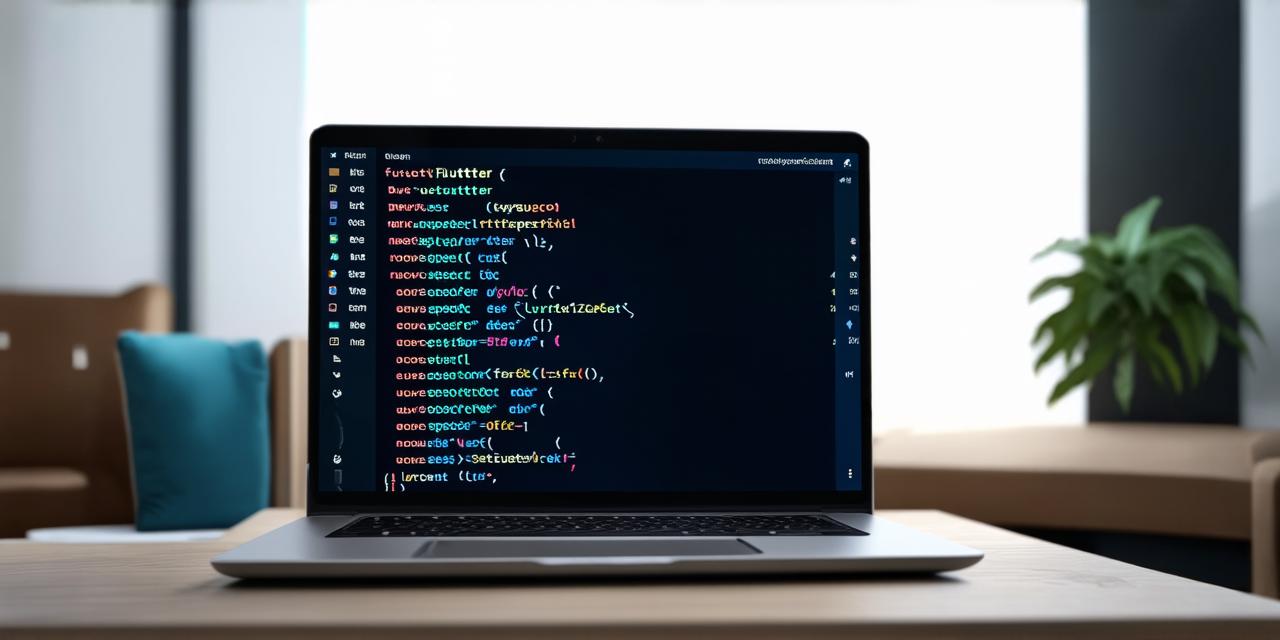Advantages of Using Flutter for App Development
I. Introduction
A. What is Flutter?
Flutter is an open-source cross-platform app development framework created by Google. It was first announced in May 2017 at the Google I/O conference, and since then, it has gained significant traction among developers due to its powerful set of features and benefits. Flutter allows developers to build high-quality mobile apps for Android, iOS, Windows, macOS, and Linux, using a single codebase and a set of easy-to-use development tools.
B. Why use Flutter?
Flutter offers several advantages over traditional app development frameworks, making it an excellent choice for building high-quality mobile apps quickly and efficiently. Some of the key benefits of using Flutter include its cross-platform capabilities, improved user experiences, better performance and scalability, enhanced security and privacy, and a rich ecosystem and community support. In this guide, we will explore these advantages in detail and provide real-world examples to help you understand how they can be leveraged to build successful mobile apps.
II. Cross-Platform Capabilities
A. What are cross-platform capabilities?
Cross-platform capabilities refer to the ability of an app development framework to create high-quality, functional apps for multiple platforms using a single codebase. With cross-platform capabilities, developers can save time and resources by avoiding the need to write separate codebases for each platform, while still delivering a consistent user experience across devices and operating systems.
B. How does Flutter achieve cross-platform capabilities?
Flutter achieves cross-platform capabilities through its use of a unique rendering engine called Skia, which allows it to create native-like widgets and UI components that can be used across platforms. Additionally, Flutter uses platform-specific APIs and libraries where necessary, ensuring that the app’s behavior is consistent across devices and operating systems. This feature enables developers to build high-quality, cross-platform apps quickly and efficiently, without sacrificing performance or user experience.
III. Improved User Experiences
A. What are improved user experiences?
Improved user experiences refer to the ability of an app development framework to create engaging and intuitive interfaces that delight and engage users across platforms. With improved user experiences, apps can differentiate themselves from competitors, increase user retention rates, and drive higher levels of engagement and revenue.
B. How does Flutter improve user experiences?
Flutter improves user experiences through its use of a set of powerful development tools and features, including:
1. Dart: A modern programming language that offers improved performance, scalability, and maintainability over traditional languages such as Java or Swift.
2. Hot reload: The ability to make changes to the code in real-time without needing to restart the app, allowing developers to quickly iterate on features and ideas.
3. Flutter Material: A set of customizable, responsive UI components that can be used across platforms to create engaging and intuitive interfaces that adapt to different screen sizes and device orientations.
4. Stateful widgets: The ability to define the state of a widget directly in the code, enabling developers to build more complex and interactive UIs with greater ease.
5. Gesture recognition: A powerful set of gesture recognition capabilities that allow developers to create intuitive and responsive interfaces that react to user input in real-time.
These features, combined with Flutter’s robust set of development tools and resources, make it an excellent choice for building high-quality mobile apps that deliver exceptional user experiences across platforms.
IV. Better Performance and Scalability
A. What are better performance and scalability?
Better performance and scalability refer to the ability of an app development framework to handle large volumes of data, users, and features without sacrificing performance or user experience. With better performance and scalability, apps can deliver exceptional performance even under heavy load, ensuring that they remain responsive and reliable even as they grow and evolve over time.
B. How does Flutter improve performance and scalability?
Flutter improves performance and scalability through its use of a number of key features and technologies, including:
1. Skia: A fast and efficient rendering engine that can handle complex graphics and animations with ease.
2. Dart: A modern programming language that offers improved performance, scalability, and maintainability over
